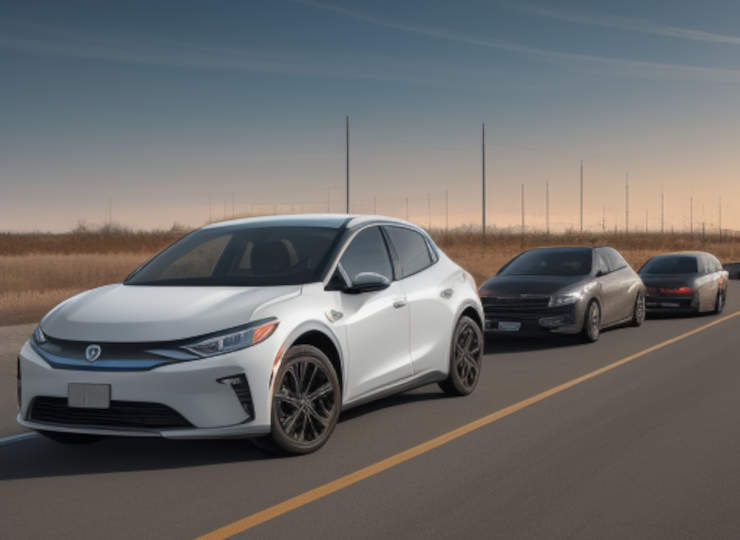文字のサイズ
- 小
- 中
- 大
The US Battery Electric Vehicle ratio is realistic at 20-30% by 2030 MY.
In the USA, various initiatives to promote BEVs have become prominent since the Democratic Party’s Biden administration took office in January 2021.

The federal government has set a target of 50% of new car sales to be BEVs (including some PHEVs) by 2030, and by the end of 2022 public opinion was increasingly of the view that society would shift to a BEV-centric society in the future, forcing us to be aware of a turning point in time.
On the other hand, as the number of BEV buyers increased, some people began to avoid using BEVs because of the lack of EV charging infrastructure, waiting time for charging, cruising range and other factors that were less convenient than internal combustion engine vehicles and that they had not had to be aware of before when travelling. It was not until 2023 that a certain number of BEVs were sold and the poor convenience of BEVs began to surface, and public opinion has gradually begun to change, suggesting that BEVs should not be the sole means of environmental measures, but should be considered compatible with HEVs and PHEVs.
Against this historical background, many people are now focusing on the scale to which the US BEV market will expand by 2030. While the government target of 50% is difficult to achieve, it is not expected to fall below the 2023 level (BEVs: 7.2%, PHEVs: 1.9%).
One indicator is the estimates given by US government agencies: the EPA and NHTSA estimate the BEV ratio at 2030MY to be 44% and 28% respectively, a scenario in which the HEV and PHEV ratios will increase and the environmental limit values will be achieved.
Based on the EPA and NHTSA estimates, the forecast figures as of 2030MY are based on the product strategies of the OEMs and market demand trends (by segment). as BEVs was around 18-25% (up to 4.4 million vehicles/year). Based on current market trends, the possibility of a lower BEV ratio than that estimated by the EPA and NHTSA should also be fully considered: at a BEV ratio of 25%, we estimate 35% for internal combustion engine vehicles, 33% for HEVs and 7% for PHEVs. For the time being, it is assumed that the product strategy will focus more on HEVs than PHEVs.






